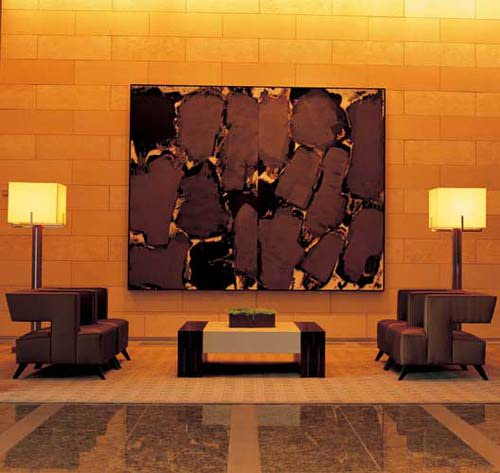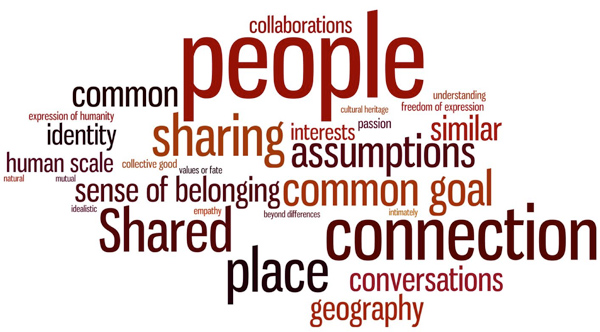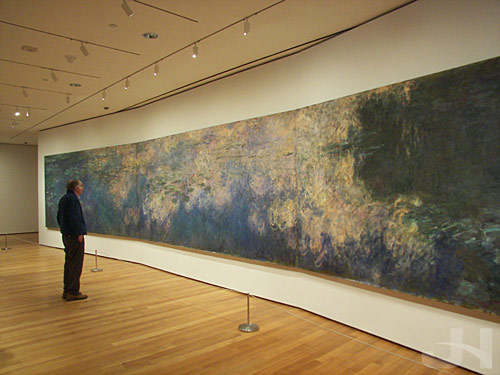
“Creative placemaking not only lifts up a neighborhood physically with murals and sculpture and investments in artist housing, galleries and theaters, it helps strengthen the local economy, as eye-catching storefronts, new cultural activities and intriguing installations bring in customers and attract new businesses. It increases a sense of community identity and local pride. It can make a neighborhood a more interesting, livable place.
But most importantly arts and culture are a powerful force that help shape a neighborhood’s narrative — telling the story of what kind of place it is, changing its reputation and its trajectory.”

“After analyzing 15 studies that had people looking at art for different reasons, neuroscientist Oshin Vartanian explained in a Q&A that “areas of the brain involved in processing emotion and those that activate our pleasure and reward systems are also being engaged.” Essentially, parts of the brain that are associated with contemplation are automatically sparked when viewing art, even if they aren’t thinking about it critically.”

“Shining a spotlight on art and cultural relationships and business provides a better understanding between people of diverse nations. The quest for better communications through the arts help define businesses. By associating with the arts, businesses have discovered that their brands are enhanced and increase their reach and in the end their profitability.”

“Rural America is undergoing a profound economic restructuring, and many small towns have turned to their cultural and arts assets as sources of new economic development and a hook for retaining and recruiting young talent. Regional site visits to Wilson and Kinston, North Carolina, provided ideas and inspiration for arts revitalization strategies.”

“The culture of a community significantly shapes debate and action that lead to development. Local culture also presents unique options for locally based economic, social, and other developments. Local understandings and interpretations of a community’s history reflect past events that feed into and are partially driven by the demands, sentiments, and interests of those in the present. This makes it crucial for community development practitioners to consider the cultural importance of efforts to improve local well-being.”

“The experience of art in whatever form has long been characterized as pleasurable both to the senses and to the intellect (Dutton, 2009).
These findings are consistent with our hypothesis, leading us to propose that the appeal of visual art involves activation of reward circuitry based on artistic status alone and independently of its hedonic value.”

‘Art is not just for artists or relegated to galleries and museums. As Dr. Chu shared during her visit, “Nobody helps make a community distinctive and vital more than the arts – the new paradigm is arts and community vitality are so critical to one another – the arts are there for everyone, they are a part of our everyday lives.”‘





